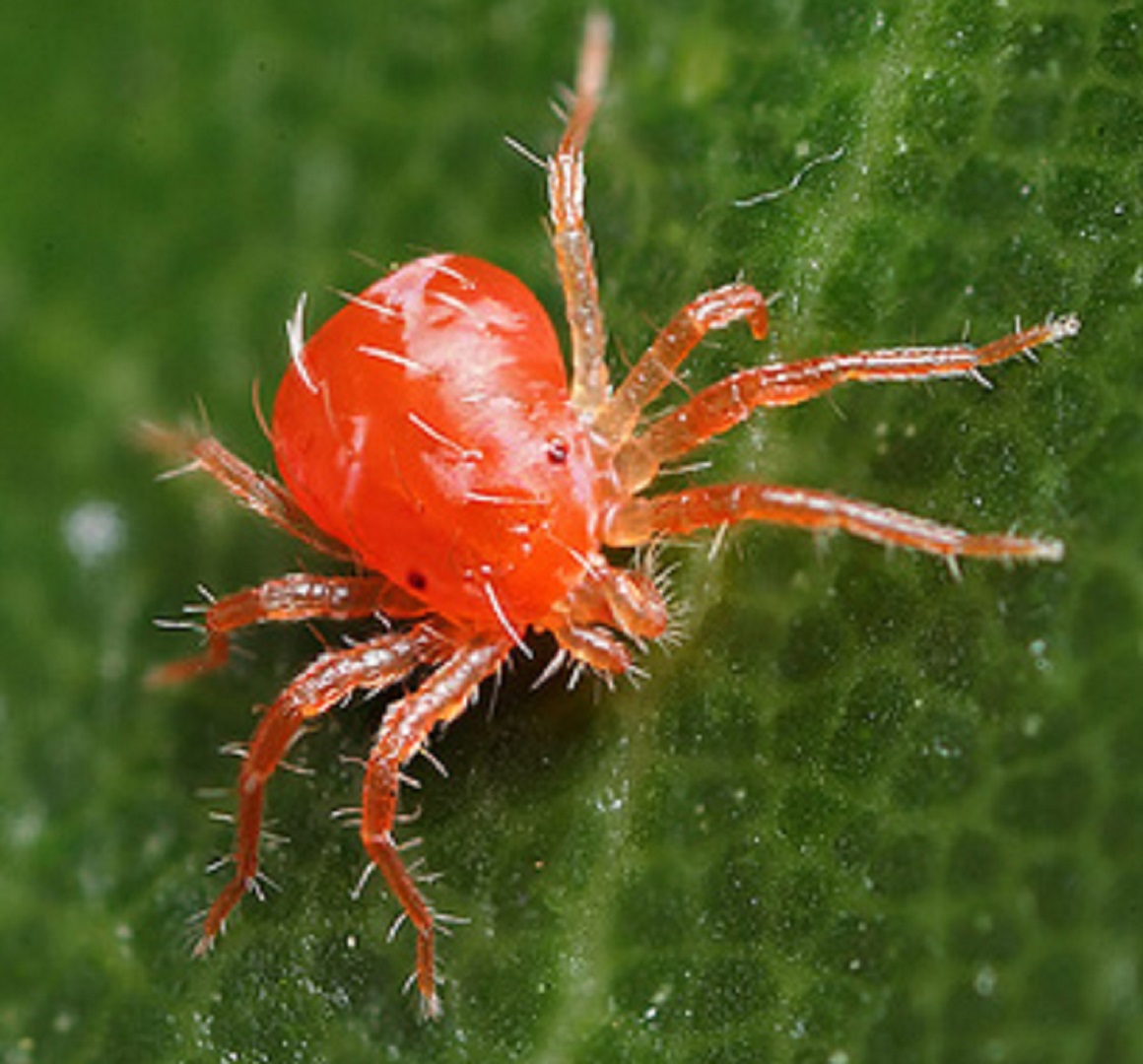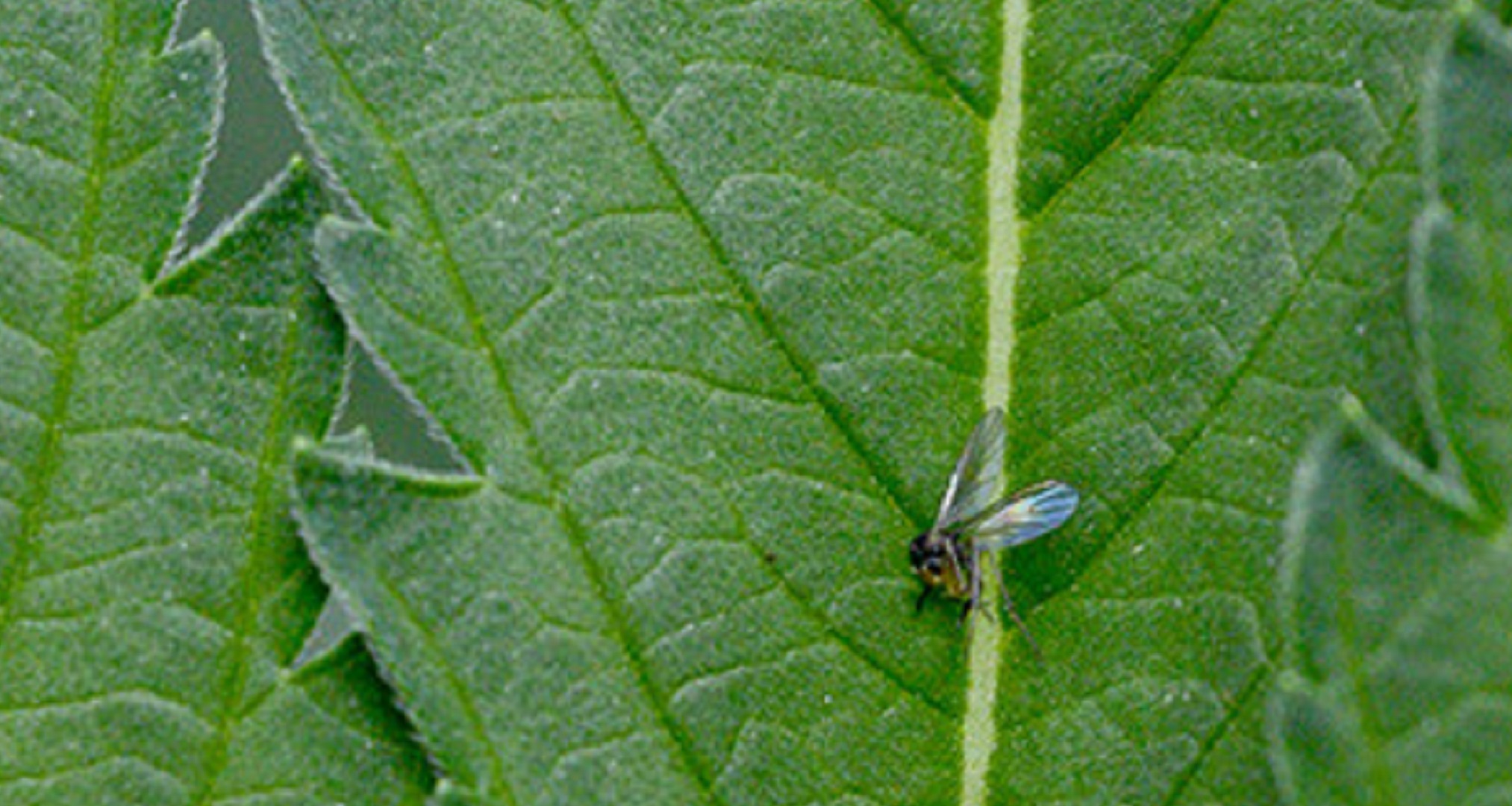Log In To Your Account
Log In With Facebook
Being a grower there are many things you have to worry about.
Lights, soil, room or area of grow, and of course, critters. If you want to combat these pests, you need to know what you’re up against. The first step in any potential infestation is prevention. If the critters haven’t moved in, let’s keep them out!
Before you get to work growing your greens, start scrubbing the grow room.
And I mean scrub. You need to put in a lot more work than a normal clean”. Wash the walls and all surfaces with old fashion soap and water or you can also use disinfectant or diluted bleach. Make sure you also wash your pots and gardening tools as well. Anything you bring in that might harbor unwanted guests needs a good scrub.
When you’re changing reservoirs, remember to wash and disinfect them too.
Even if you are positive the previous plants were clean, you don’t want to tempt fate. Cover the floor with plastic sheeting, especially if you have carpeted floors. You don’t want bugs in your plants, and you certainly don’t want the risk of them breeding in the floor.
Air circulation and temperature of air/water are things you need to keep an eye on as well. Mold loves warm, stagnant air, so keeping it moving will stop a lot of problems. And don’t forget the filters. They will catch airborne nasties before they can breach the grow room.
There are a few ways to combat soil-focused pests before they start.
First, you can use sterilized soil for your plants. Second, use diatomaceous earth for your soil as it is rough enough to tear apart their little bodies. Third, use hydroponic/aeroponic systems because pests can’t hatch in soil if there is no soil to start with.
If you grow long enough, you will eventually meet the most common pests. While prevention is the best way to avoid them, they will get in. Here are some of the most common pests and how to deal with them once they find your crop because they will!
Spider Mites
These tiny arachnids feed on the chlorophyll in plants. They are so small, it takes a microscope to see them. However they do spin webs. If you can see their webbing, you’ve got at least 2 generations of infestation on your plants my friend. And they breed crazy fast.
Mites usually reside on the underside of leaves. High humidity and a room temperature of 70-80F (21-27C) is what keeps these mites happy. So to combat this, keep the grow room cool at about 60F(16C) with humidity around 50%. This will hopefully slow down the infestation rate and give you a chance to enact other measures.
Neoseiulus (Amblyseius) californicus are predatory mites that you can introduce into the greenhouse that will prey on the spider mites. After they do their job and eat all the spider mites they will die off. Another option though would be to use a spray instead of the predatory mites. Neem oil is seems to be very effective. I recommend to spray three times 5-10 days apart. That should do the trick to get rid of all the spider mites if you are consistent at keeping the grow room clean.
Thrips
Thrips are tiny, flying mini headaches you have to remain vigilant for. The only way to truly prevent their infestation is by regular, thorough cleaning.These insects are hard to filter out due to how tiny they are. They love to graze chlorophyll off the top of leaves in herds and even lay eggs and colonize in the buds themselves. That’s one nest you don’t want to smoke.
The only way to truly prevent their infestation is by regular, thorough cleaning.These insects are hard to filter out due to how tiny they are. They love to graze chlorophyll off the top of leaves in herds and even lay eggs and colonize in the buds themselves. That’s one nest you don’t want to smoke.
Keeping a constant air flow or misting the plants should keep thrips from landing on the plants or taking flight. The best spay is pyrethrum and should be sprayed 2-4 times during a 10 day cycle. Hopefully this will help them flush them out.
Fungus Gnats
These are see-through gnats that like to hang out on the upper roots  of the plant then and spread all over the root system. They are the worst pests to get, not even the hydroponic setup is safe from this nemesis. With no natural predators, spraying Neem is one of the only ways to kill eggs and larvae. This method normally takes about 3 applications.
of the plant then and spread all over the root system. They are the worst pests to get, not even the hydroponic setup is safe from this nemesis. With no natural predators, spraying Neem is one of the only ways to kill eggs and larvae. This method normally takes about 3 applications.
To slow down the gnat’s reproduction, try keeping the humidity and watering low and make sure nothing becomes too soggy. Covering hydroponic medium surfaces will also prevent green algae from forming which is their favorite place to nest. Check your roots to see if they are damaged because damaged roots are a really good source of nutrients for these pests as well. Be sure to keep up with keeping your plant healthy, happy and pest free! Thanks for reading.

An adventure seeking nerd, nothing too serious but people seem to like him, Adam is also the creator and writer for The Strain Domain